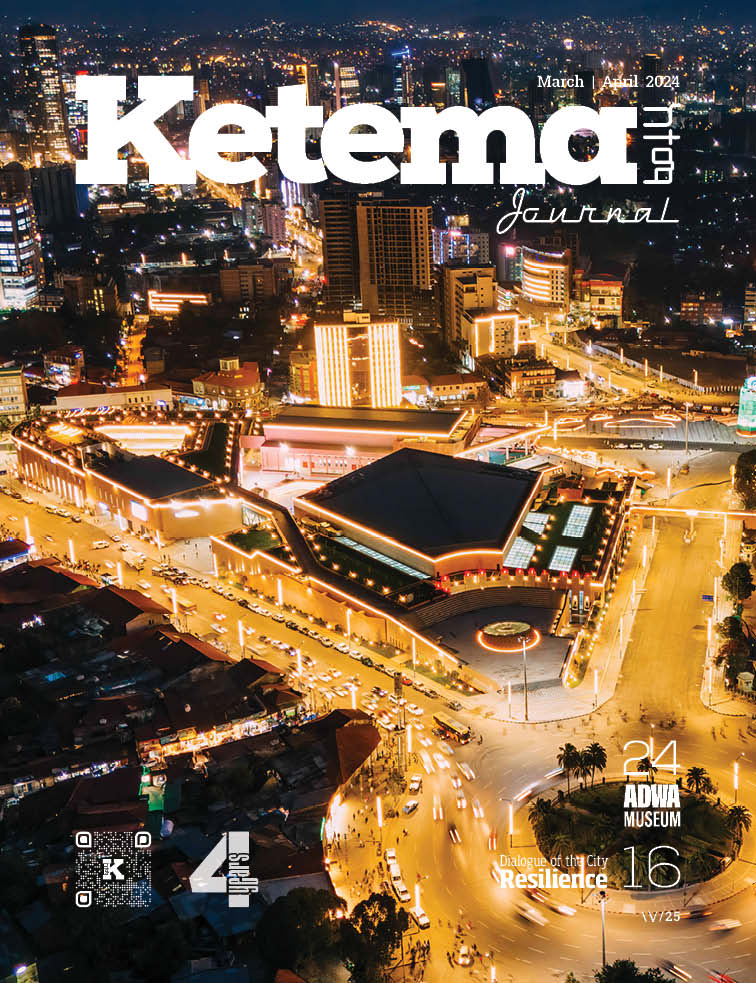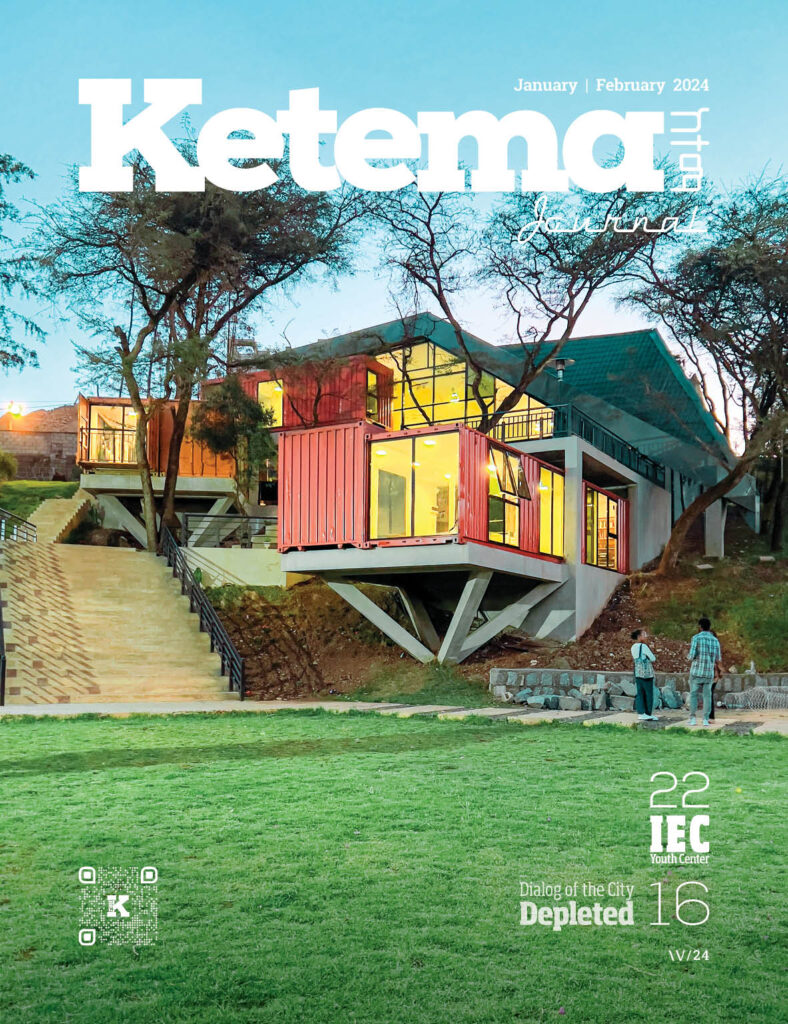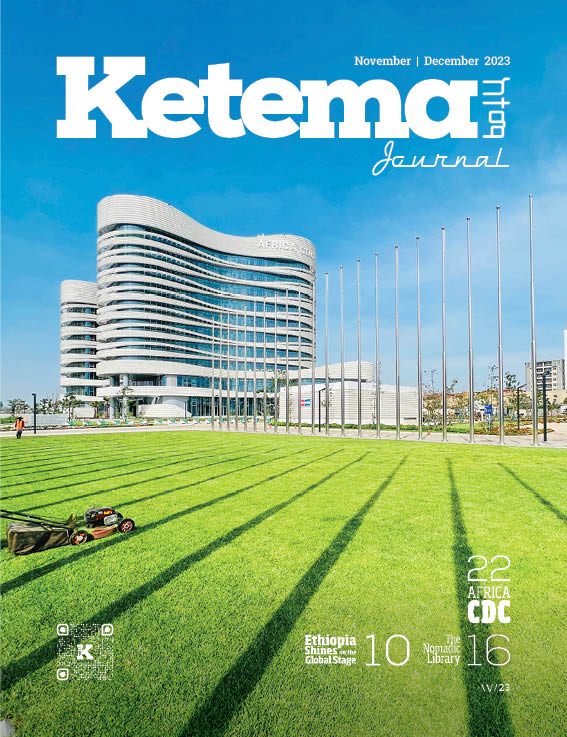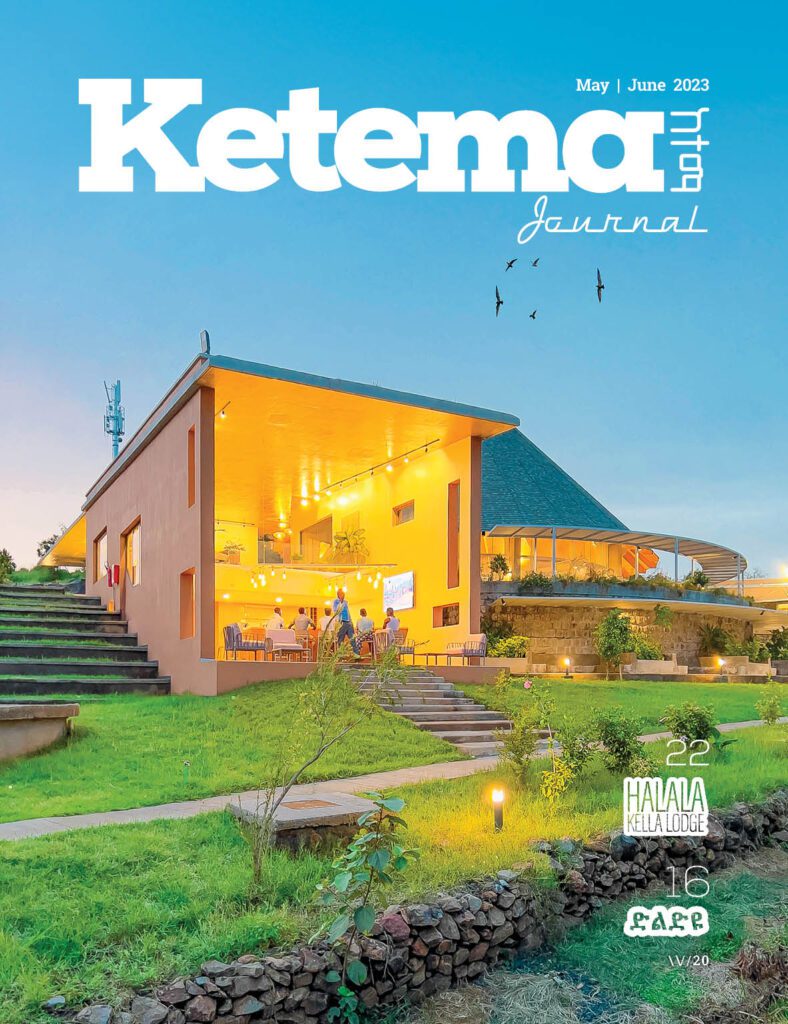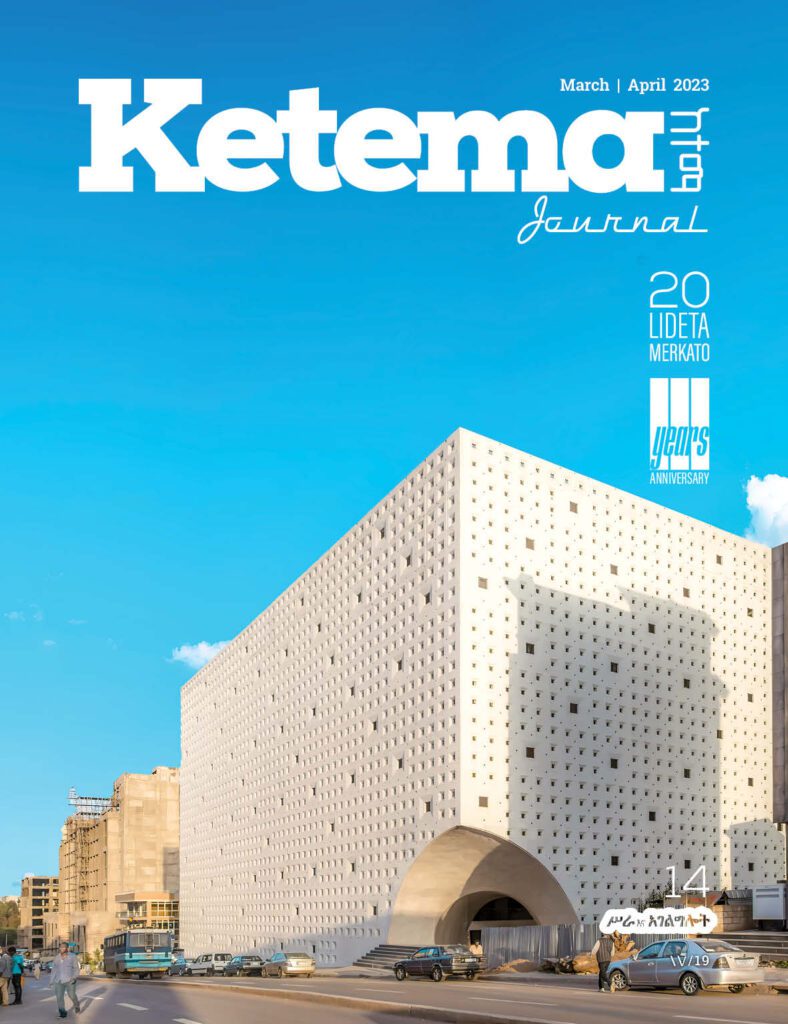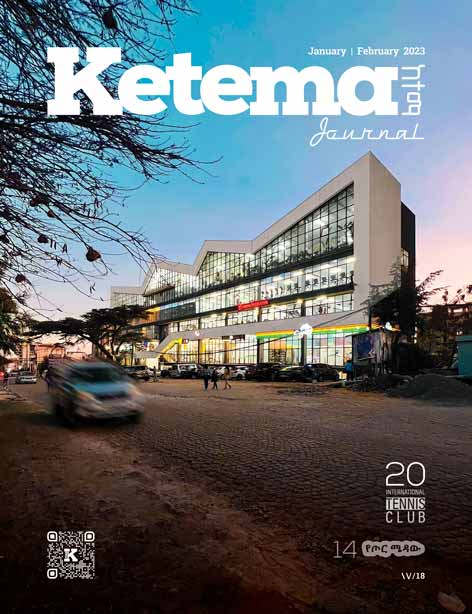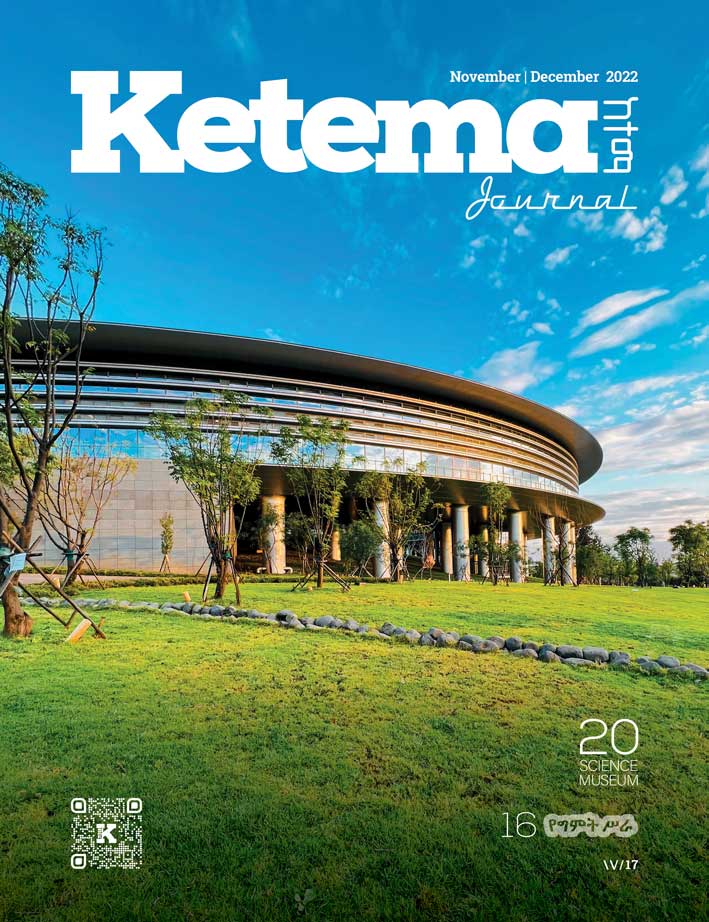Recently the Plan and Development Commission of Addis Ababa City Administration put forward amendments for the Structure Plan of Addis Ababa and got unanimous approval from the city administration. One significant amendment is regarding the minimum parking requirement of residential buildings. It raised the previous minimum requirement from 1 car parking per 5 housing units to 1 car parking per 1 housing unit.
I am not convinced if the cabinet that approved this regulation is aware of the implication of this seemingly simple but dangerous regulation. In the approval process, the parking minimum requirement is presented as one of the requests of the people. There is no explanation as to who these people (who demanded one parking per unit) are. One thing to be sure of is that these ‘people’ are not the majority of the city dwellers, the people without cars; the people lining up daily waiting for public transport.
The Arbitrary Nature of Parking Minimums
The most authoritative figure in parking today is Donald C. Shoup, an urban planning professor at the University of California, Los Angeles (UCLA). His voluminous book, The High Cost of Free Parking, has impacted the planning decisions of many cities in the US. He argues that the minimum parking requirement has a ‘shaky foundation’ as it is not to be found in the leading transportation planning textbooks. He further states that ‘without training or research, urban planners know exactly how many parking spaces to require for bingo parlors, junkyards, pet cemeteries, rifle ranges, slaughterhouses, and every other land use.’ (Shoup D., 1999)
In this light, we can ask how our planners came up with the current minimum parking requirement for different land uses, such as 1 car per 150m2 for commercial/office spaces, restaurants, bars, cafes, pastries, museums, and libraries; or 1 car parking space /2 classrooms for primary and secondary schools; 1 car parking space /5 lecturers for universities, or 1 car parking space /10 seats for theatres, cinemas, and stadiums.
How can Lycee Guebre-Mariam and Black Lion School (which are neighbors) have similar parking requirements? Do we need 6,000 parking spaces for Adey Abeba Stadium which is to have a 60,000-seat capacity? Was there a study on parking regarding football fans that indicated the fans have one car per ten spectators? It’s not hard to note that this parking requirement is not supported by a study or rationale.
A Blanket Regulation
Many cities that have instituted minimum parking regulations don’t make their regulations blanket regulations throughout. They at least try to be logical. They institute different minimum parking regulations by differentiating sites as per their location in the city; a site in the city center(denser area) is not treated as another at the periphery or a site near public transport access is not equated with another located far.
This new minimum parking regulation in effect treats a 20m2 studio the same way as a 200m2 luxury condo. Reading between the lines, what this regulation in effect tells developers is, in order to pass the minimum parking requirement, the way is to avoid providing housing to middle and low-income citizens. What this regulation assumes is that all families have cars and therefore a free car parking provision has to be made for each family.
Minimum Parking- A Bad Policy
There are a host of problems today associated with minimum parking requirements and Shoup summarises them as follows: “minimum parking requirements subsidize cars, increase traffic congestion, pollute the air, encourage sprawl, increase housing costs, degrade urban design, prevent walkability, damage the economy, and penalize people who cannot afford a car.” MRCagney (2020)
Apple Park, Apple Inc.’s new headquarter in Cupertino, California, designed by Norman Foster is often presented as a project for its sustainable design. Its energy efficiency and its LEED Platinum certification are discussed to illustrate this, powered entirely by renewable energy. And then the spoiler parking jeopardizes the whole endeavor. For 14,000 workers, Apple is building almost 11,000 parking spaces. The area for the car parking is more than the actual office building; 318,000 m2 of offices and laboratories with 325,000 m2. Carparks. That is not because apple wanted this much parking but because it is Cupertino’s minimum parking requirement. (The Economist. (2017, April 8). Parking: Sacred Spaces)
Moving Away From the Minimum Parking Requirement
In light of the bad urban implications of minimum parking requirements hundreds of cities are taking action; from lowering minimum parking limitations going all the way to the opposite, limiting MAXIMUM PARKING.
The shift in attitude towards parking requirements is indeed dramatic. Cities like London, Amsterdam, Paris, Zurich, Sydney, Brisbane, Seoul, Ottawa, Vancouver, Toronto, Jerusalem, Haifa, Rotterdam, Frankfurt, Mexico City, Rio de Janeiro, San Francisco, and Sao Paulo have instituted maximum parking requirements. Other big cities like New York City, Los Angeles, San Francisco, Washington DC, Seattle, Portland, Atlanta, San Diego, Chicago, Minneapolis and Phoenix, have instituted some form of maximum requirement based on types of developments.
Minimum Parking and Affordable Housing
Among the host of problems with minimum parking regulation globally, our utmost concern is its contribution for making housing unaffordable. Cities that offer free parking have high housing costs. It makes this by discouraging the construction of small units and passing on (bundling) the cost of building parking to buyers and renters. Lehe L., (2018), Litman T.(2022)
In 1999 Los Angeles passed Adaptive Reuse Ordinance (ARO) to convert vacant commercial and industrial buildings into housing. This wouldn’t have been possible with the existing minimum parking requirement. The ordinance made exemption regarding minimum parking and in just ten years it was possible to convert 56 vacant office buildings into 7300 new housing units. Manville M. (2020)
If we see our recent development through the lens of global shifts in parking outlook we can say that our planners care little about what kind of burden their requirements bring on developers and ultimately in meeting the target of affordable housing. The new minimum parking regulation in Addis Ababa is far removed from the Structure Plan’s intentions and stipulations and grossly contradicts itself. The structure plan clearly states that around 1.2 million new housing units, of which 420,000 housing units are for the low-income group. It specially recommends for the government to focus on this (AACPPO (n.d.) p.112)
There are many small and irregular plots in Addis Ababa which can be densified and be able to provide more affordable housing but are simply curtailed by this minimum parking requirement. If a developer wants to fulfill this requirement he will have to construct multilevel basement parking. This type of construction is known to have a high cost due to soil protection (shoring) and substructure structural construction. This will inflate the cost and make it difficult to finance the project as the initial financing of the developer is simply eaten in substructure work.
In conclusion, it is really inconceivable for the Plan and Development Commission of Addis Ababa to continue with the ONE CAR PER FAMILY policy and reach a target of 1.2 million housing units because it is not also possible spatially possible to provide 1.2 million car parking spots which could amount to 2,400 hectares.
It is therefore worth listening to Shuop’s advice for the betterment of our city and its dire housing problem. He advises that: ‘removing off-street parking requirements is the easiest, simplest, and fastest way for cities to provide more affordable housing, more walkable neighborhoods, and a more just society.’ Shoup, D. (2021, May 26).

